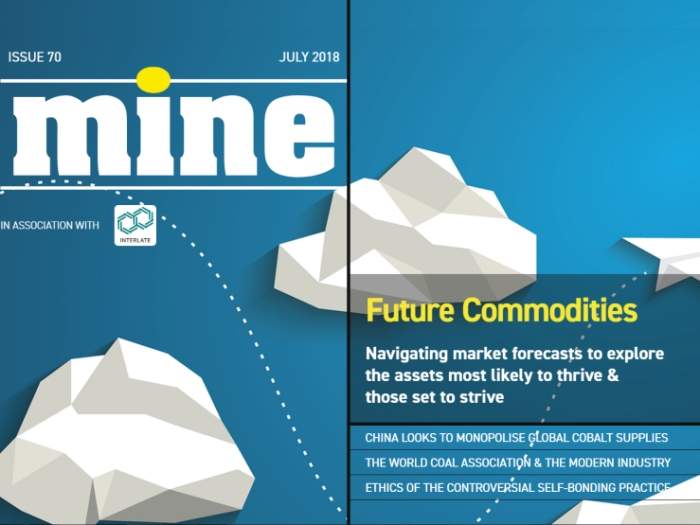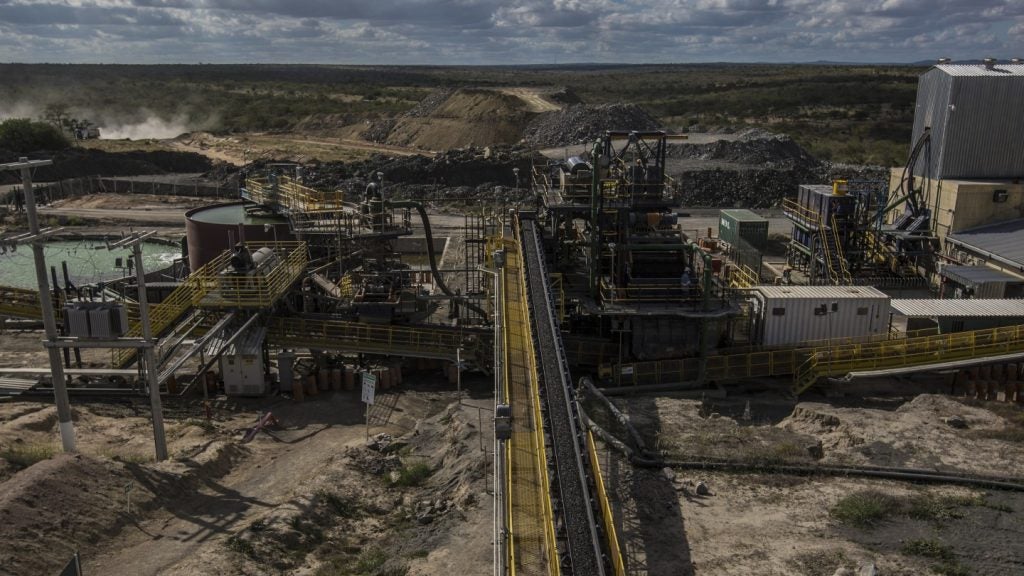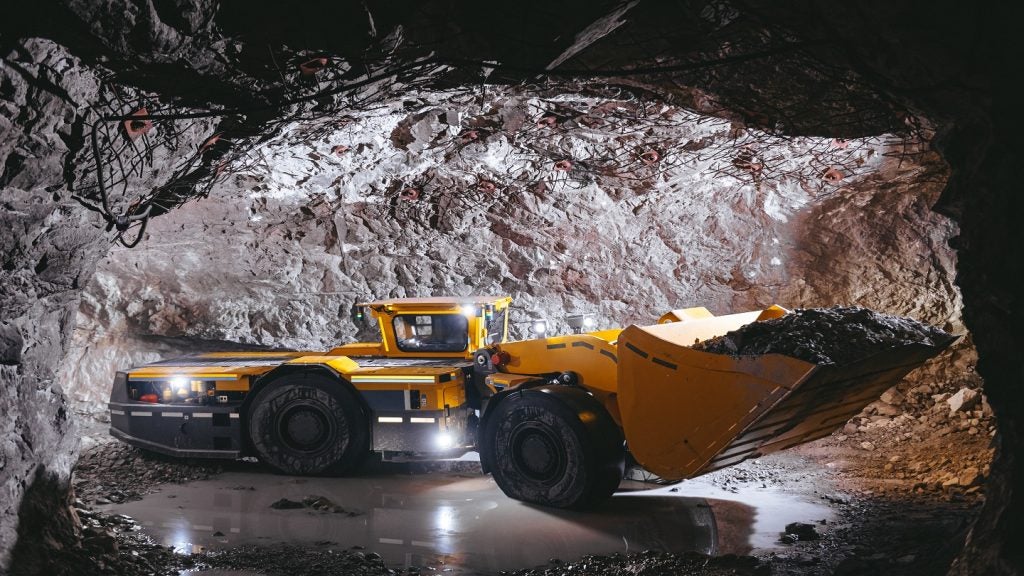
Key metals, strategic minerals, monopolies and off-loading: tracking change in the commodities markets is a hefty task, but a vital one for mining companies intent on growth. Choosing where to invest and divest is a challenge for decision-makers, especially as industrial needs change and environmental concerns come to the fore. The latest Deloitte mining trends report identifies ‘commodities of the future’ as one of the crucial challenges for the industry today, and in this issue we present the commodities likely to make a splash on the markets of the future, and those perhaps better left in the past.
And with China already in control of 85% of the world’s cobalt supplies, we investigate a prospective takeover that turn the country’s stronghold into a monopoly, we profile the status of Cuba’s mining industry in light of improved relationships with the US, find out why BHP left the World Coal Association and explore the technicalities of the self-bonding practice and whether it should be allowed to continue.
Plus, in technology, we hear about a new seismic technology that helps miners predict and prepare for earthquakes.
Click here to read the latest mining industry news and analysis, and join the conversation on Twitter.
In this issue
Commodities of the future
The latest Deloitte mining trends report identifies ‘commodities of the future’ as one of the key challenges for the industry. Choosing where to invest and divest is a challenge for mining decision-makers, especially as industrial needs change and environmental concerns come to the forefront. MINE presents the commodities likely to make a splash on the market in the future, and those better left in the past.
Click here to read
Monopolising global cobalt supplies
China wants 12% of all cars it produces to be electric-powered by 2020. This requires cobalt and the country is already way ahead of competitors in securing supplies. Through various arrangements, China currently controls 85% of the world’s cobalt supply, and with rumours that a Chinese takeover of one of the world’s largest cobalt mines is imminent, could China soon complete its monopoly? And if so, what impact will this have on future supply and price, which has already sky-rocketed 260% since Jan 2016?
Click here to read
How well do you really know your competitors?
Access the most comprehensive Company Profiles on the market, powered by GlobalData. Save hours of research. Gain competitive edge.

Thank you!
Your download email will arrive shortly
Not ready to buy yet? Download a free sample
We are confident about the unique quality of our Company Profiles. However, we want you to make the most beneficial decision for your business, so we offer a free sample that you can download by submitting the below form
By GlobalDataCuba courts new mining investment
A new lead and zinc mine in north-western Cuba is set to start production in October as part of the Caribbean island’s attempt to reboot its mining sector. Cuba has a variety of minerals and is already amongst the top ten nickel producers but the country is looking to kick on now that relations with the US have never been better. We take a look at mining in Cuba.
Click here to read
Self-bonding: are taxpayers being left with the bill?
A new US Government Accountability Office report has called for the elimination of the self-bonding practice, which allows coal mining companies to guarantee they have the cash to clean up closed coal mines based only on the financial health of the company responsible. Critics say the practice leaves taxpayers on the hook if a company can’t fund reclamation, but Obama-era federal legislation to crack down on coal mine self-bonding may have stalled under a coal-friendly Trump administration. What are the issues involved with self-bonding and should it be cleaned up?
Click here to read
Coal and climate change: is coal fit for the modern energy mix?
After a year of deliberation, BHP has decided to leave the World Coal Association (WCA) due to differences in opinion on climate change. But what is the WCA’s stance on climate change; are they keeping up with current trends and was BHP right to leave? We find out.
Click here to read
The best technologies for predicting earthquakes
Recent earthquakes in China and New Guinea have shut down mines indefinitely, and while thankfully no people have been killed, operations have been severely affected. So is there anything miners can do to predict such events? New advances in seismic technology may provide hope but how accurate are they? We take a look at the technology.
Click here to read
Preview – MINE Magazine August
China’s category seven ban on imports of scrap copper has been finalised, throwing investors into a spin as up to 500,000t of copper equivalent could be removed from the market. Copper has been a powerful asset for China, as the world’s biggest importer by 45%, as the country earned its position as a an electronics superpower. So what could this ban mean for the copper market and just how disruptive can scrappage schemes be? We take a look.
In other regions, we assess what Peru’s new president has in store for the hard push on sustainable mining operations, we ask what’s been done to remediate Samarco mine damage in Brazil three years ago, and uncover the allure of Welsh gold, as opportunistic panners pop up across Wales.
And in technology, we speak to Canadian mining company MGX about the potential of three new leaches methods which may be able to improve sustainability, and hear about Rio Tinto’s plans to double down on autonomous drilling systems.
Free on all devices
You can read MINE Magazine on all devices, including mobile. It is still free to read and you can sign up for a subscription to get all the latest news, analysis and insight on the global energy industry delivered straight to your phone.
You can also browse our archive to read back issues in our web viewer, available on desktop and on iPad.






